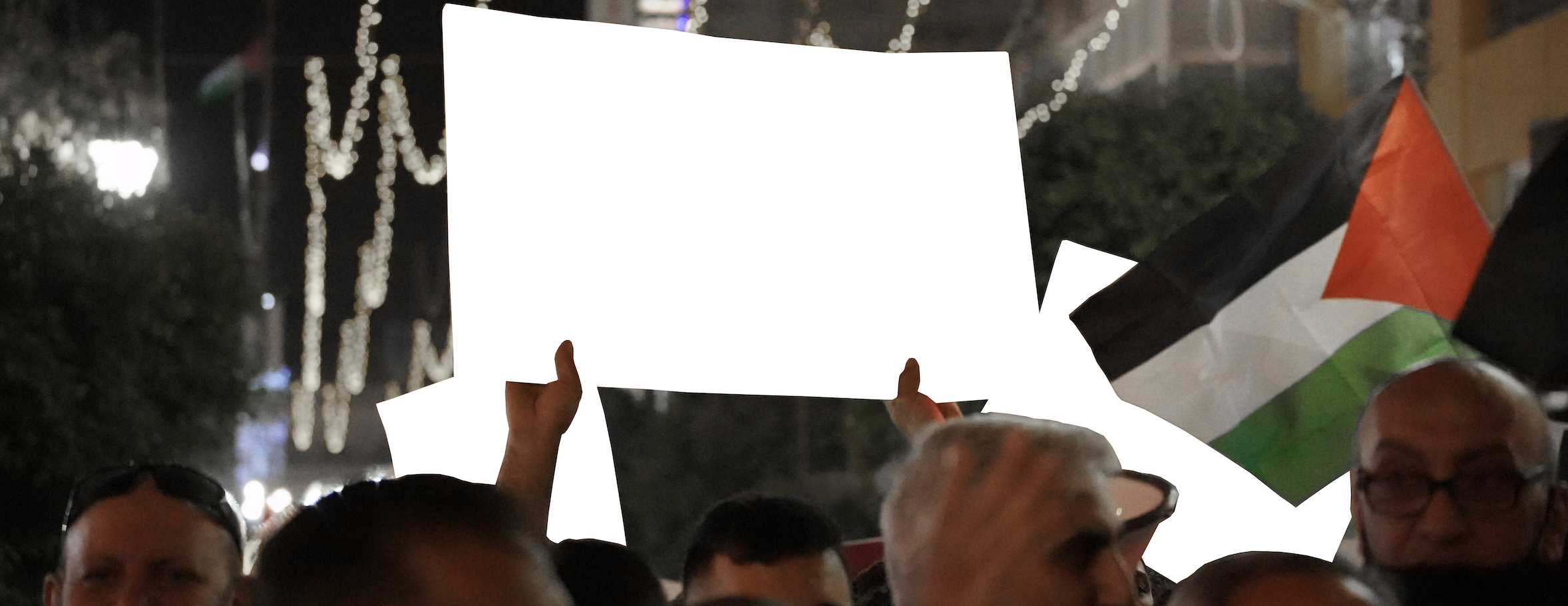INFRASTRUCTURES OF DISSENT OPENING RECEPTION
Co-presented with the Workers Arts & Heritage Centre
Date & Time
Friday May 12, 6:30-8:30PM
Location
Workers Arts & Heritage Centre
51 Stuart St
Hamilton, ON
Accessibility
Masks required. This venue is wheelchair accessible and has gender neutral, wheelchair accessible washrooms. For any questions around accessibility, please email programming@mayworks.ca
Join Infrastructures of Dissent curators at the opening reception.
In 1945, Ford auto workers in Windsor went on a 99-day strike and won. Leading up to this historic win, workers and their families gathered in the nearby restaurants and cultural centres of Drouillard Road to learn, to dance, and to act. In his writing on the infrastructure of dissent, sociologist Alan Sears suggests it is these forged networks of solidarity and celebration that nurtured the militancy of the strikers.
Infrastructure of Dissent pays tribute to the parks, restaurants, shisha lounges and cafés, clubs, sanctuaries and union halls that have seeded both the formal organizing efforts and the informal knowledge exchanges that lead to collective action. Across geographies and against all odds, the artists ask: what ways can we rebuild infrastructures of dissent and foster community power?
All Mayworks Festival events are free.

Tara Bursey is an interdisciplinary artist, self publisher and arts worker. She has presented her artistic research on textiles, labour and contemporary art at Symposia in Los Angeles, Sackville and Savannah, and has worked in a curatorial capacity in galleries, museums and cultural spaces across the GTHA. Born in Scarborough, Ontario, Tara is Executive Director of the Workers Arts & Heritage Centre, Canada’s only labour history museum and multidisciplinary art centre. In 2022, Tara was appointed Artist-In-Residence at Mount Allison University, where she executed a project connecting the history and trajectory of typesetting with the lived experiences of workers in the shadow of COVID-19.
Tings Chak 翟庭君 is an internationalist activist and artist, trained in architecture. After emerging from migrant justice movements in Toronto, Canada, she has been working with diverse working class movements across the Global South. She is currently based between São Paulo and Shanghai, contributing to popular political education projects and crafting designs towards a socialist future. She leads the Art Department of Tricontinental: Institute for Social Research. Her current research focuses on the art of national liberation struggles, and the horizons that give for the movements of today.
Hannia Cheng is a @badasscrybb who has an inter-arts and performance practice based out of their studio in Chinatown Centre. At the ripples of relationships and reciprocity, art is the common ground on which they share stories, placemake, and forage for the sparkle that exists in the greater unknown of our daily lives.
Beginning in street art, Mitra Fakhrashrafi (she/her) is a curator and emerging librarian interested in creating places of sanctuary and indebted to border abolition organizing. Mapping the legacies of colonial infrastructure and the resistance which has always followed ground and guide her work. Mitra is programming coordinator at Mayworks Festival, chair of the Whippersnapper Gallery board of director’s and was awarded the 2021 Middlebrook Prize for Young Canadian Curators. In her spare time she listens to music that emerges from Toronto; a since-always queer, trans, Black, Indigenous, and diasporic city.
Rana Nazzal Hamadeh is a Palestinian-Canadian artist. Her photography, film, and installation works look at issues related to time, space, land, and movement, offering interventions rooted in a decolonial framework. Her practice is deeply informed by the knowledge emerging from grassroots movements for justice, both in occupied Palestine and across Turtle Island. Rana holds an MFA in Documentary Media from Toronto Metropolitan University and is based between occupied Ramallah and Ottawa on unceded Anishinaabe territory. She is currently conducting research on Palestinian food practices during the Intifadas and working remotely with a prisoner justice group in Palestine.
Ingrid Mayrhofer is a visual artist, curator, art educator and community arts practitioner. Born and raised in Austria, she has exhibited in Canada, Austria, Korea, Japan, Serbia, Mexico, Nicaragua, Cuba and Chile. In addition to her double major media of printmaking and photography (BFA, MA, York University), Mayrhofer works with installation, site-specific intervention and video. She is currently experimenting with printmaking transfers on clay. Recent presentations of her work include group exhibitions at the Art Gallery of Windsor, A Space (Toronto, ON), Steam Centre (Saint Thomas, ON), a public space intervention at the corner of James and Wilson in Hamilton, and the Canadian Clay and Glass Gallery (Waterloo, ON), and solo exhibitions at the Carnegie Gallery (Dundas, ON), the Orillia Museum of Art and History, and the Art Gallery of Hamilton.
Lynn Hutchinson Lee is a multidisciplinary artist/writer living in Toronto. She is currently co-editing the anthology Through the Portal: Stories From a Hopeful Dystopia for Exile Editions. Selected exhibitions include Musaj te Dzav; metanoia; Shelter, Provisional (Awaiting Permanent Structure) with Red Tree; and Five Songs for Daddy, a sound installation at Art Gallery of York University’s Audio Out. Five Songs for Daddy was a component of chirikli’s sound installation Canada Without Shadows at Call the Witness, Second Roma Pavilion, 54th Venice Biennale.
Anthony Youssef is a Lebanese Canadian art-based researcher whose practice focuses on the intersection of politics and material culture with a focus on architecture. His most recent work addressed the Holiday Inn Beirut’s socio-political narrative and culminated in an exhibition on display at ArtSpeak Gallery in Windsor, ON. Anthony was previously awarded the curator-in-residence position with the Arts Council Windsor and Region. During his residency, he developed an exhibition and a critical essay exploring the automotive industry, labour and industrial employment. Anthony holds a Bachelor of Architectural Science from Toronto Metropolitan University (previously Ryerson University) and a Master of Architecture from Carleton University.
Infrastructures of Dissent takes inspiration, and its name from the writing of Alan Sears, a Professor in the Department of Sociology at Toronto Metropolitan University. Sears is a long-time activist, and this is reflected in his research in the areas of sexuality, social movements and education. His books include The Next New Left: A History of the Future (Fernwood); The Democratic Imagination: Envisioning Popular Power in the Twenty-First Century (co-authored with James Cairns – University of Toronto Press); and Retooling the Mind Factory: Education in a Lean State (Garamond).
The Workers Arts and Heritage Centre (WAHC) was started over 25 years ago by an ambitious and dynamic group of labour historians, artists, and union and community activists who saw a need for a community museum that could celebrate the history of workers and labour. Over the years, WAHC has expanded their vision of work to include both paid and unpaid work, and to be as inclusive as possible of the experiences and histories of the least visible work and workers. As a community museum and arts centre, WAHC offers a diverse array of exhibitions, workshops, educational programs, digital projects, and community events that explore perspectives in labour history, social justice, and contemporary labour issues. WAHC also has a permanent collection of artifacts that relate to labour history and workers’ experiences. The community museum brings together members of community, unions, local arts organizations, workers’ groups, and artists to share and celebrate the stories of working people.

